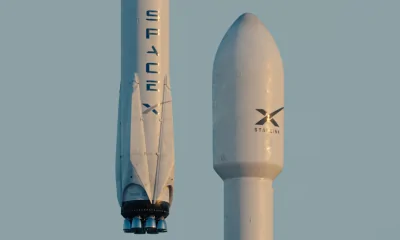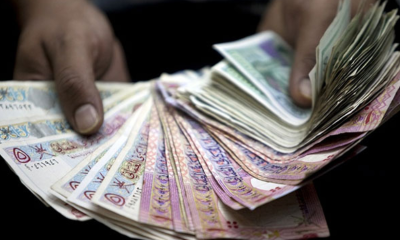The Sultanate of Oman – globally prominent as an oil exporter – is quietly and rapidly positioning itself as a global hub for green hydrogen exports, as a number of countries in the Middle East explore clean energy alternatives to ensure a more sustainable future.
The Gulf state is developing several large green hydrogen projects in an effort to decarbonise its industries. Its location, in addition to its abundant clean energy resources and sizeable land availability, makes it an ideal candidate to produce the necessary gas.
Green hydrogen is produced through electrolysis, which sees water getting split into hydrogen and oxygen using electricity generated from clean sources. The entity has become more essential than ever as economies seek to diversify and climate change strikes harder.
Furthermore, Oman’s extensive experience in the Liquefied Natural Gas (LNG) sector eventually makes it a competent region to efficiently manage green hydrogen. The sultanate is the second-largest LNG exporter in the Middle East after Qatar.
Oman quietly becoming a major green hydrogen exporter
Oman holds ambitious plans to produce at least a million tonnes of renewable hydrogen annually by 2030 before increasing capacity to 3.75 million tonnes by 2040. By 2050, the nation plans to have a capacity of 8.5 million tonnes.
Oman sits on key trade routes between Europe and Asia. The International Energy Agency (IEA) expects the sultanate to become the sixth-largest exporter of hydrogen across the globe and the largest in the Middle East by the end of the decade.
Oman’s hydrogen sector received a substantial boost last year when state-run Hydrom inked six notable agreements worth $51 billion. The deals involved companies from Belgium, the Netherlands, the UK, the UAE, Kuwait, India, Germany, Singapore and Japan.
Despite green hydrogen’s potential, critics raise concerns
Interestingly, one of the largest green hydrogen projects proposed in the Gulf state, Green Energy Oman (GEO), is expected to begin operations in the early part of the next decade. The project could produce 1.8 million tonnes a year of hydrogen at full capacity.
Nonetheless, the success of Oman’s green hydrogen plans depends on the global market’s appetite for the product. Despite hydrogen’s increasing potential, critics have raised concerns over its high cost of production and the absence of an established market.
Oman is on track to supply more than 60% of the total hydrogen exports from the Middle East by 2030, as per the IEA. The sultanate will be followed by the Emirates – expected to account for 20% of the exports, and Saudi Arabia, with a 16% market share.






















